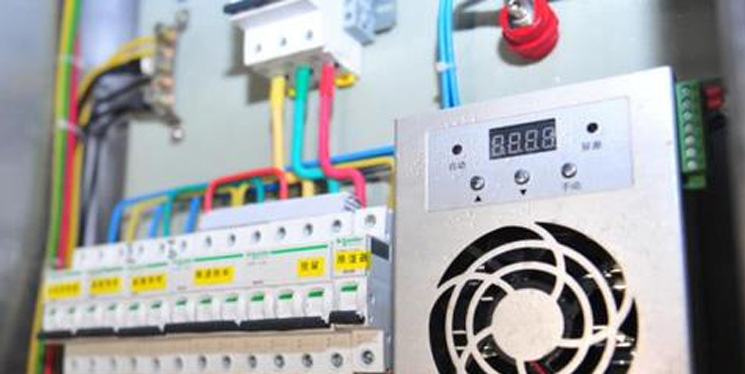Your distribution box, the electrical system’s core in your home, efficiently distributes power to various circuits. Regular maintenance is vital to ensure its safety, prevent electrical issues, and extend its lifespan. Here are key maintenance tips to keep your distribution box in optimal condition.
Inspect your distribution box monthly. Before opening, turn off the main power if you lack electrical expertise. Safety is paramount when dealing with electricity.
Examine the box and components for:
• Damage: Cracks o dents can expose live wires, risking electric shock or fire. If found, don't touch and call an electrician immediately.
• Loose Connections: Loose wires can cause arcing, generating heat that melts insulation and damages components. Avoid fixing without proper training.
• Overheating Signs: Melted insulation, burned marks, discoloration, or a burning smell indicate overheating. Power off and seek professional help promptly.r
• Corrosion: Rust on metal parts weakens connections. Have a professional clean or replace affected parts.
Normal electrical vibrations and temperature changes loosen connections in the distribution box, especially terminal screws and busbars. Loose connections lead to overheating, voltage drops, and intermittent issues.
Use a screwdriver (with power off) to tighten connections regularly. Apply the right force; over - tightening damages, under - tightening is insecure. Consult an expert if unsure.
Dust accumulation in the distribution box is risky. As an insulator, dust traps heat, causing components to overheat and fail.
To clean:
• Power Off: Switch off the main supply to avoid electric shock.
• Select Tools: Use a soft - bristle brush or a vacuum with a soft attachment. Be cautious not to touch live parts.
• Detail Cleaning: Don't miss hard - to - reach areas. Even small dust amounts can cause problems over time.
Circuit breakers protect your home from overcurrent and short circuits. Regular testing ensures they function properly.
Test as follows:
• Prepare Home: Turn off all lights and appliances to prevent power surges.
• Locate Breaker: Identify the breaker by its label indicating the controlled circuit.
• Test Breaker: Flip it off then on. If it trips, there's a circuit problem; consult an electrician. If it stays on, it's working correctly.

Replace any faulty components immediately. Using damaged parts endangers safety and performance.
When replacing:
• Use Genuine Parts: Ensure compatibility and meet safety standards.
• Seek Professional Help: If unsure, call an electrician for proper installation.
The distribution box generates heat during operation. Adequate ventilation dissipates heat, preventing overheating.
Maintain ventilation by:
• Clearing Space: Keep the area around the box clear for air circulation.
• Checking for Obstructions: Remove dust, debris, or nests promptly.
Moisture causes corrosion, leading to connection failures and electrical shocks.
Protect from moisture:
• Controlling Humidity: Use a dehumidifier in high - humidity areas like basements.
• Sealing Gaps: Seal openings with weatherstripping or sealant.
• Outdoor Protection: Ensure outdoor boxes are weatherproof.
Have a qualified electrician inspect the box annually. Professionals can:
• Test Electrical Parameters: Measure voltage, current, and insulation resistance.
• Check Code Compliance: Ensure safety standards are met.
• Perform Preventive Maintenance: Address potential issues early.
By following these tips, you safeguard your distribution box, reduce electrical risks, and ensure a reliable home power supply. When in doubt, always consult a professional electrician.

